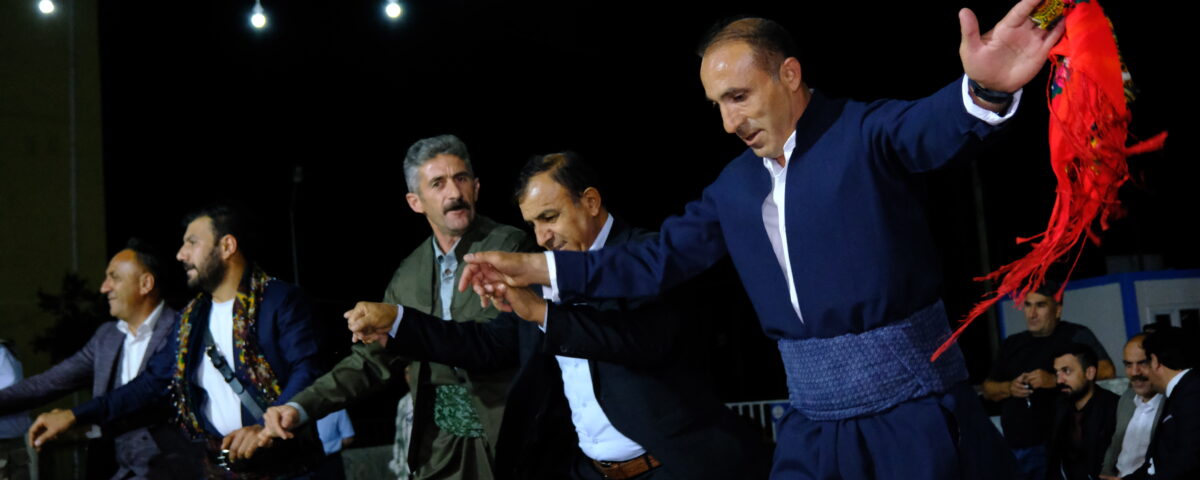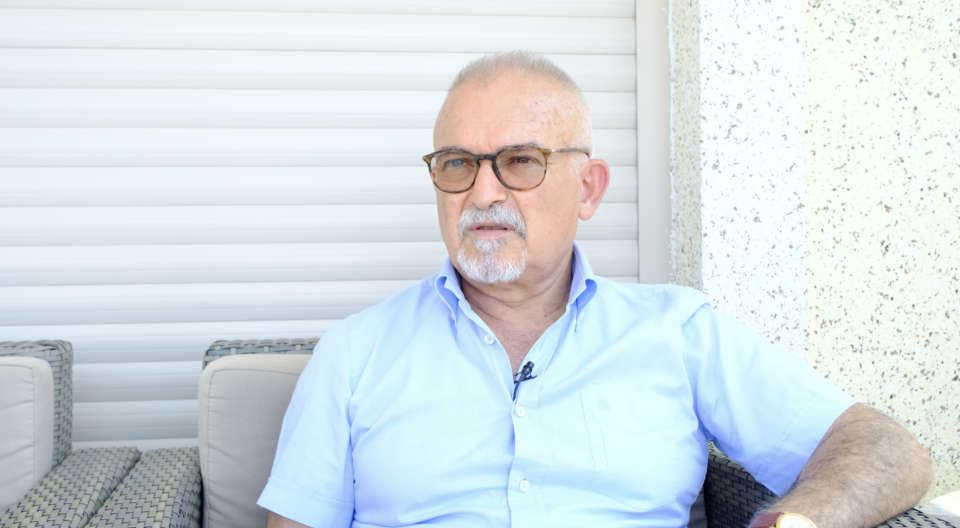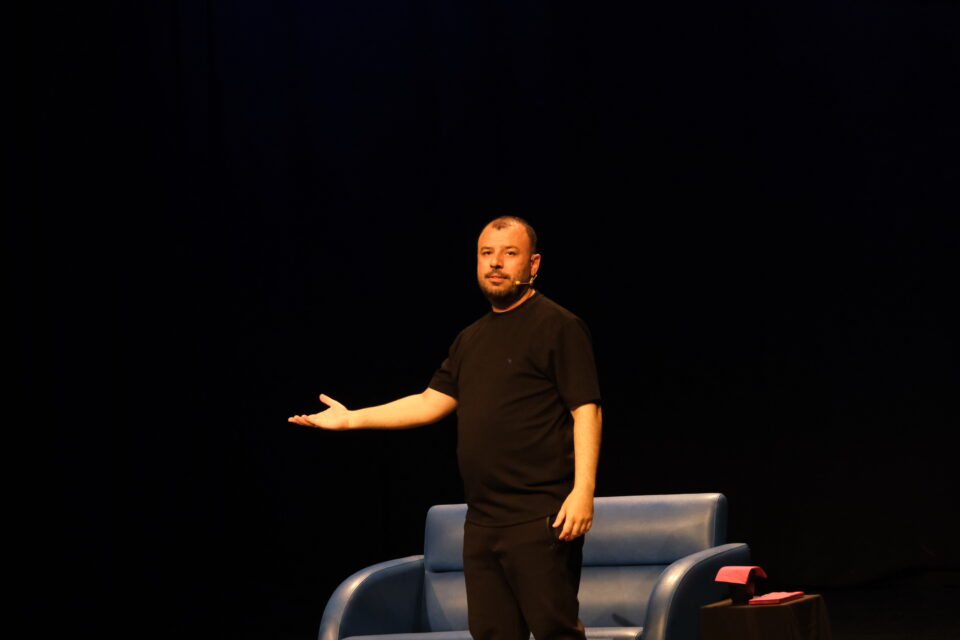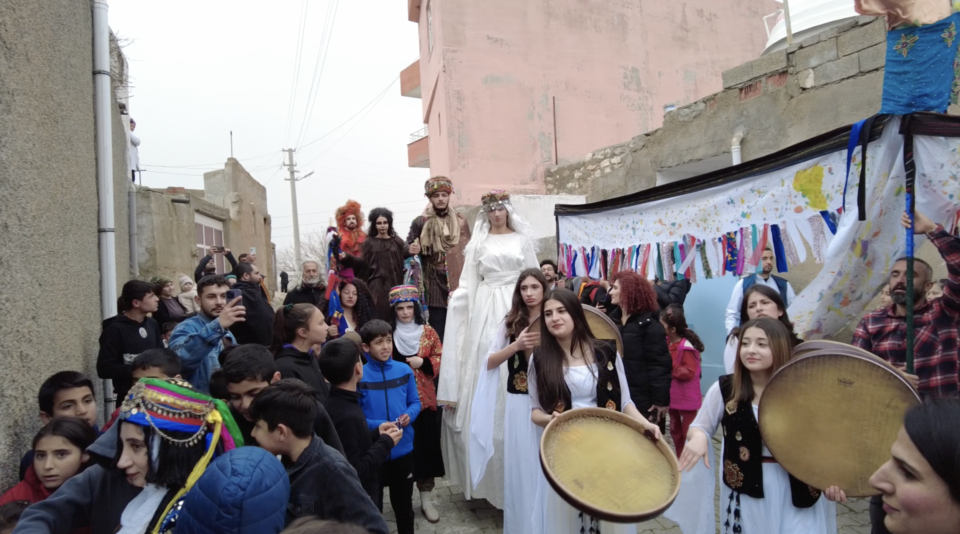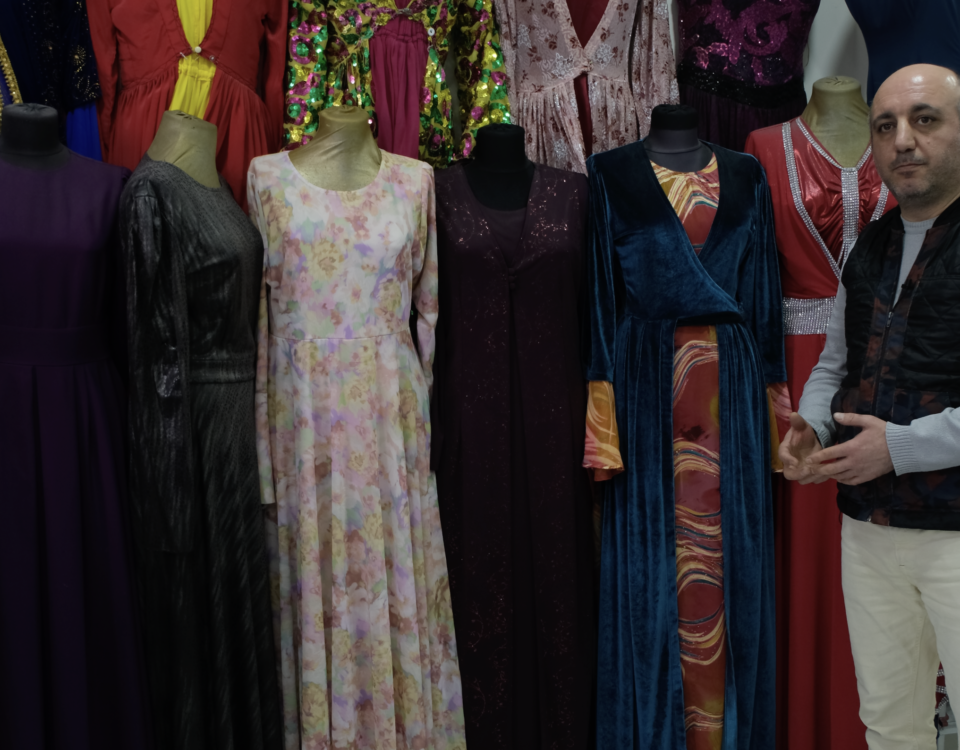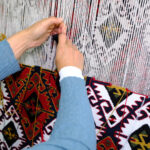
A Living Tradition in Beytüşşebap: Kilim Weaving
23.04.2025
Black Sea woman learns Kurdish in Diyarbakır
23.04.2025Halay is one of the most important collective dance forms in Kurdish culture.
However, there is a striking detail: In some regions, the halay is performed from the left rather than the right.
So what does this change of direction indicate?
In places such as Hakkari, Van’s Başkale district, and Şırnak’s Beytüşşebap, the halay starts from the left, and this direction has different historical narratives.
In which regions is the halay performed from the left?
Hakkari (all districts except Şemdinli)
Van – Başkale
Şırnak – Beytüşşebap
The reason why the halay is performed in the opposite direction in these regions is explained by different historical and cultural stories among the people.
Narratives told about the halay being performed from the left
1. Defeat and oath against Botan
According to one narrative, the Hakkari Mirlik was defeated in a war with the Botan Mirlik.
After this defeat, the people of Hakkari, in order not to forget the shame and resentment they experienced, took an oath that they would not pull the halay as before.
This oath started the tradition of pulling the halay from the left instead of the right.
2. Botan Miri’s decree
According to another story, the people of Hakkari refused to pay taxes to the Botan Mirship and were defeated in the ensuing war.
Thereupon, Botan Miri issued an edict to the people of Hakkari that they should even pull the halay “upside down”.
Over time, this situation turned from an obligation into a cultural tradition.
3. The defeat of the Ertûşî tribes
Some sources also show the defeat of the Ertûşî tribe against the Botan as the reason.
After the defeat, the direction of the halay was changed as a sign of mourning and regret, and this tradition continues to this day.
4. Not to Pull the Halay “Like Them”
Another narrative begins with the occupation of Hakkari by the Hasankeyf and Botan Mirliks.
The people express their anger towards the enemy as follows:
“We will no longer pull the halay in the direction they pull!”
Thus, the direction of the halay becomes a symbolic resistance.
A Voice from Başkale: İhsan Özdemir’s Narrative
İhsan Özdemir from the Başkale district of Van, where Şoperêç reached, conveys a different interpretation on this subject.
Halay: More than a Change of Direction
In Kurdish culture, the direction of the halay is not only a physical direction;
but can also be read as a symbol of collective memory, resistance, regret or pride.
This change of direction presents a silent narrative about the history and experiences of a people.

